Brain Wrap
I worked in a movie theater during an interesting time (2007-2013). When I started, all of our projectors were 35 MM, the industry standard. By the time I left, we didn’t have a single 35 MM projector left and everything had been converted to digital.
I’m always reminded of this change over, because quite often in job interviews I’ve been asked questions like, “Name a time when you’ve dealt with a difficult change?” This is always my go-to answer. It’s easy to understand and well, it was difficult.
With the 35 MM projectors, we had one or two projectionists in the booth from an hour before we opened until we closed. It was there job to build the movies, which came in three or four shoulder breaking metal cannisters.
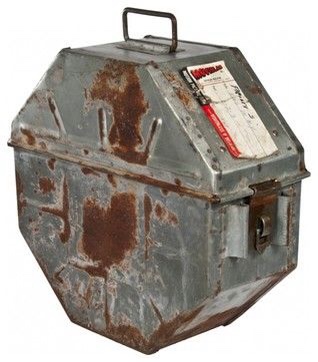
They were also repsonsible for moving the movies between theaters using large wooden platters to help keep the film altogether.
And projectionists were responsible for breaking down the movies, so they would fit back in the cannisters and could be shipped off to the next theater and/or movie company.
Everything you saw on the screen starting with the trailers consisted of actual film that were assembled with a splicer.
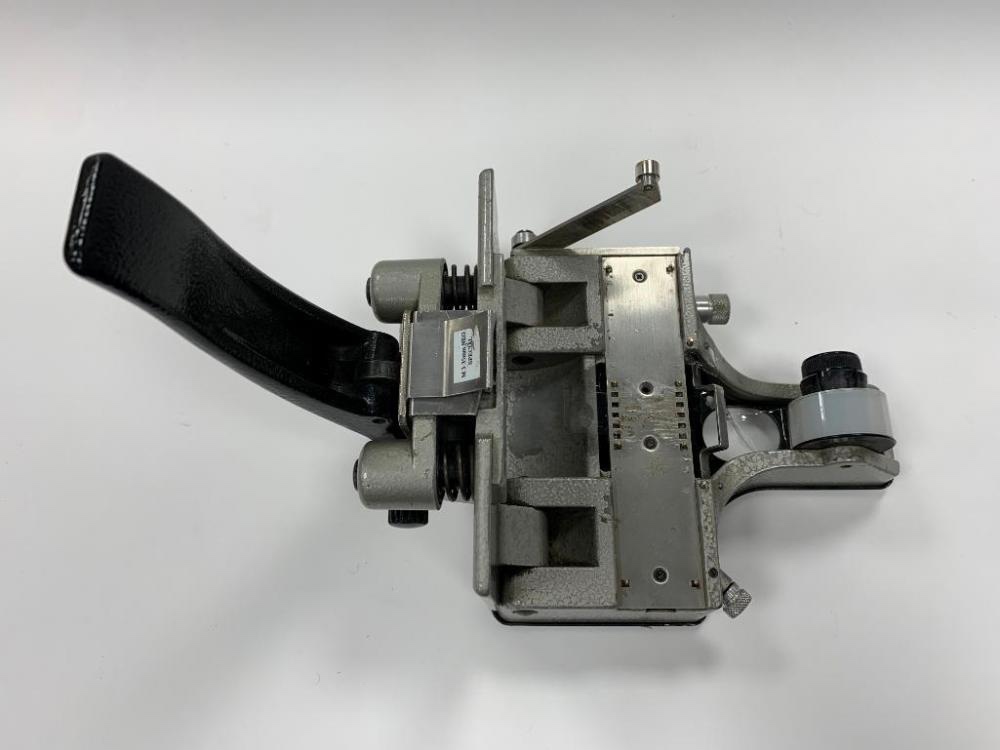
Tape was used to connect the trailers, and various cans of film. During the building process, special pieces of metal tape was used that ran through the projector to indicate when the lights should turn up or down and the curtain should expand or contract.
The preshow (think the rollercoaster logo/regular commercials) were all provided by a small digital projector that was connected to a Dish Network satellite. These were the same projectors used to show speial events like operas, sporting events, and other Fathom Events which is why they didn’t look nearly as good as a regular movie and were subject to outages due to severe weather interrupting the satellite feed.
Once the film was built, it had to be carefully threaded through the projector which took skill and patience.
On ocassions when a movie was sold out, but only one print was available, a tactic called interlocking was used. This utilized rollers mounted to the ceiling and the wall to run the film from one projector to another. You could even interlock three or four projectors, but the risk of having a problem increased dramatically with just one interlock, let alone more.
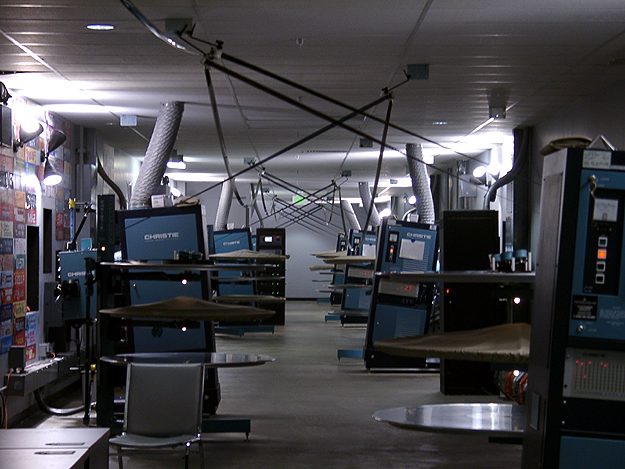
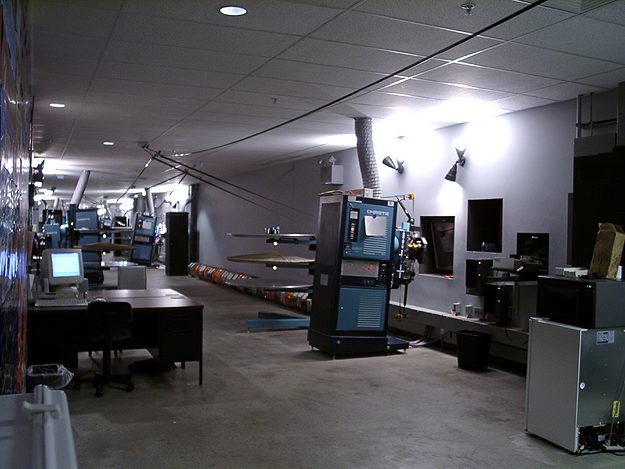
Not only did the film have to be threaded through the projector, but also the brain, a circular piece that connected onto the projector table. When a film wasn’t threaded correctly and too big of gaps left, you risked the film flapping against the metal and scratching it or worse, a brain wrap.
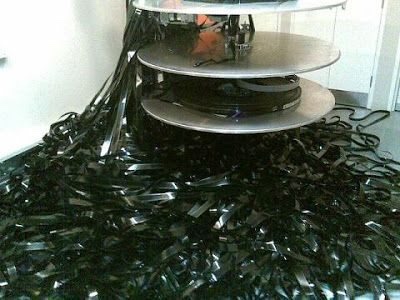
The film quickly became a tangled mess in a brainwrap and the only way to fix this was to unravel the film. If you were skilled, you could cut it and then reassemble part of it, but the film still had to be removed, straightend, and rethreaded. All of this occured while you had a theater full of angry and frustrated customers you are trying to rush and get the film back together.
Digital theaters came about due to a push for 3-D which was much improved from the old 3-D of the 50’s and 80’s. We began with just one digital theater, then four and then it just kept growing. Folks like to claim it was for the better picture quality, but there were other cost saving reasons for it.
First off, you didn’t need projectionists anymore. Everything could be handled by a computer downstairs, so that allowed you to elminiated 4-8 skilled staff members Secondly, the films now came on harddrives, which were much smaller and cheaper to ship. You also could expand and show the film on more projectors without all the chaos as mentioned above.
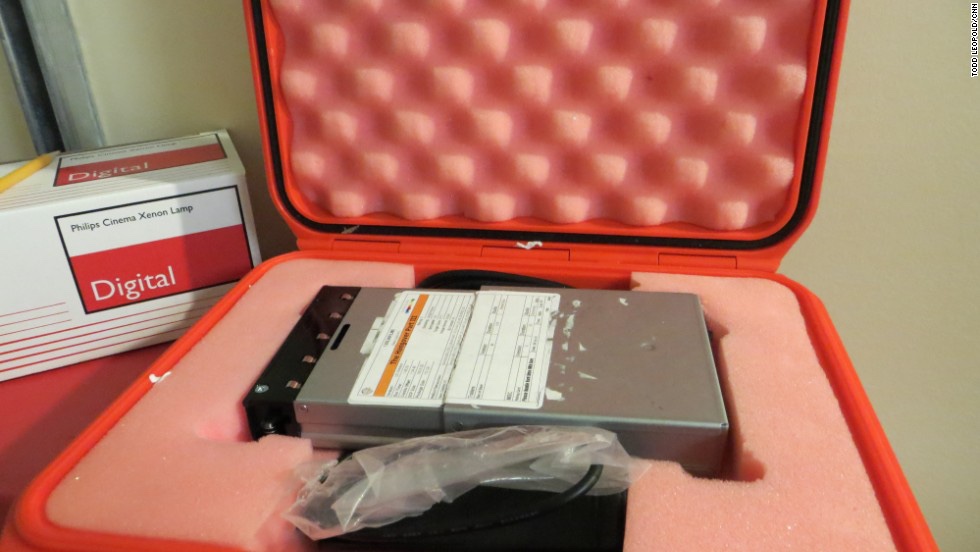
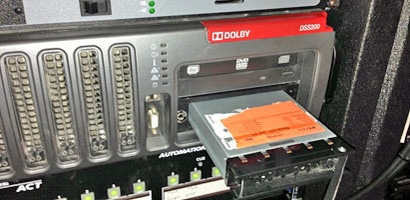
When a new film came in on a harddrive or trailers on a hard drive, you pulled it into a big machine that held all the data for all the projectors. From there you imported the film (which took the same amount of time as the run time) and then you could use a computer screen to assemble the trailers and preshow with relative ease. It was a huge time saver, in some ways, but could be a pain at times too. Say, you ingested a film in three big theaters and didn’t send it to the small theaters. Well, if the film wasn’t doing good enough business, it still took time to move it to the smaller theater. Same thing goes vice-versa. With film, it was as simple as picking it up and moving it.
I missed the sounds of the projectors in the booth. The flapping sound of film and the churning of the tables was something that felt genuine. Once the digital projectors were in, it was silence. There were no people walking around in the dark, nor any true sound. The projection booths were neglected more because of the lack of projectionists and issues such as bulbs going dim happened more and more since there was no one there to keep up with regular maintence.
When 35 MM left the theaters, the theaters I grew up with died. The industry changed and so did the way movie theater companies did business. I was there to watch a man in his 80’s, who worked as a projectionists beginning back in the late 40’s, lose his job and his pride when he was demoted to a ticket taker.
I guess that’s progress.

Wow what a blast from the past. I cringe at the image of the brain wrap. That was a cue that we were not going home anything soon.